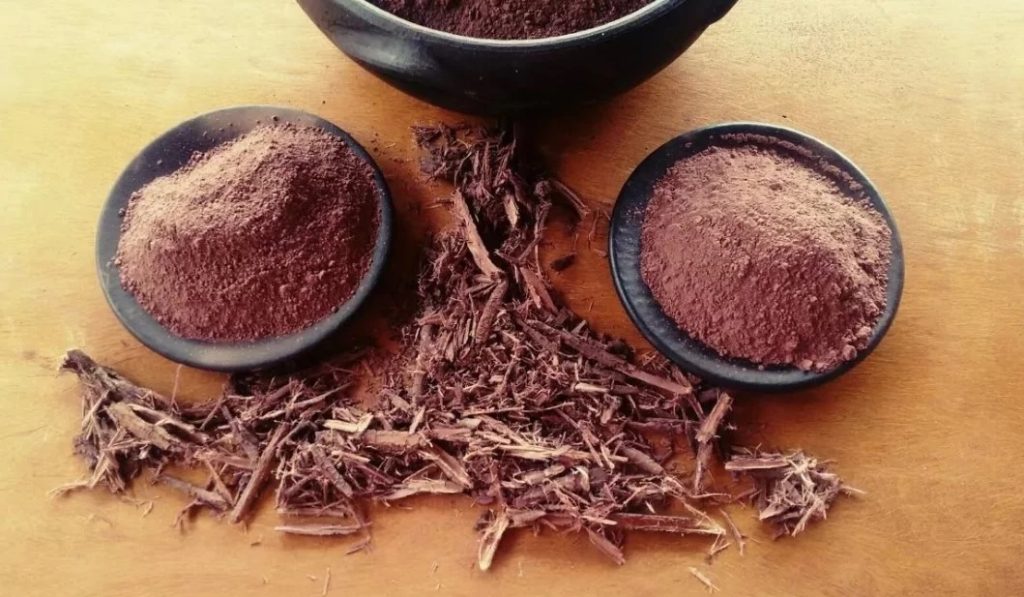Mimosa hostilis root bark MHRB, derived from the Mimosa tenuiflora tree native to South America and parts of Mexico, has been gaining recognition for its diverse applications in natural therapies. Traditionally used by indigenous cultures for its powerful healing properties, this remarkable plant material has proven to be a valuable resource in both modern and alternative medicine. Its wide-ranging benefits stem from its unique combination of natural compounds, including tannins, flavonoids, alkaloids, and a high concentration of the psychoactive compound DMT dimethyltryptamine. These constituents contribute to its multifaceted therapeutic potential, ranging from skin healing to spiritual exploration. One of the most celebrated uses of MHRB is in skincare and wound treatment. Its bark contains potent antibacterial and antifungal properties, making it an effective natural remedy for treating burns, cuts, and skin infections. Traditional medicine practitioners have long used MHRB as a topical agent to speed up the healing of wounds and to minimize scarring. The tannins present in the root bark are astringent, which helps in tightening the skin and promoting tissue regeneration.

Moreover, its anti-inflammatory properties can soothe irritated skin, making it beneficial for conditions such as eczema and psoriasis. Beyond its dermatological uses, Mimosa hostilis root bark also plays a role in supporting mental and emotional well-being. The presence of DMT, a naturally occurring psychedelic compound, allows MHRB to be used in the preparation of ayahuasca and other entheogenic brews. In controlled ceremonial contexts, these preparations have been known to facilitate deep psychological healing, personal insight, and spiritual awakening. Users often report transformative experiences, including a profound sense of interconnectedness, emotional release, and the resolution of past trauma. While the use of DMT-containing substances must be approached with caution and under proper guidance, their therapeutic effects are increasingly being studied in clinical and psychological settings. In addition to its psycho-spiritual and topical benefits, MHRB also possesses properties that support internal health. When used in teas or infusions in non-psychoactive dosages, it may aid digestion, support liver function, and help in detoxifying the body.
The antioxidant and antimicrobial compounds in MHRB contribute to a healthier immune response and may help combat internal infections. Furthermore, anecdotal reports suggest its potential in reducing pain and inflammation, offering relief to individuals suffering from chronic conditions such as arthritis and fibromyalgia. Despite its many benefits, it is essential to use Mimosa hostilis root bark responsibly. Its powerful active compounds, particularly DMT, are subject to legal restrictions in many countries, and misuse can result in psychological distress or legal repercussions. As with any potent natural remedy, consultation with knowledgeable practitioners and adherence to legal frameworks is crucial. Mimosa hostilis root bark represents a versatile and potent component of natural therapies. From its traditional use in skin healing to its role in spiritual ceremonies and internal wellness, Mimosa Hostilis Inner Root Bark from Brazil exemplifies the profound therapeutic potential found in nature. As scientific interest continues to grow, more people are rediscovering the holistic benefits of this extraordinary plant, blending ancient wisdom with modern understanding to promote healing and well-being.